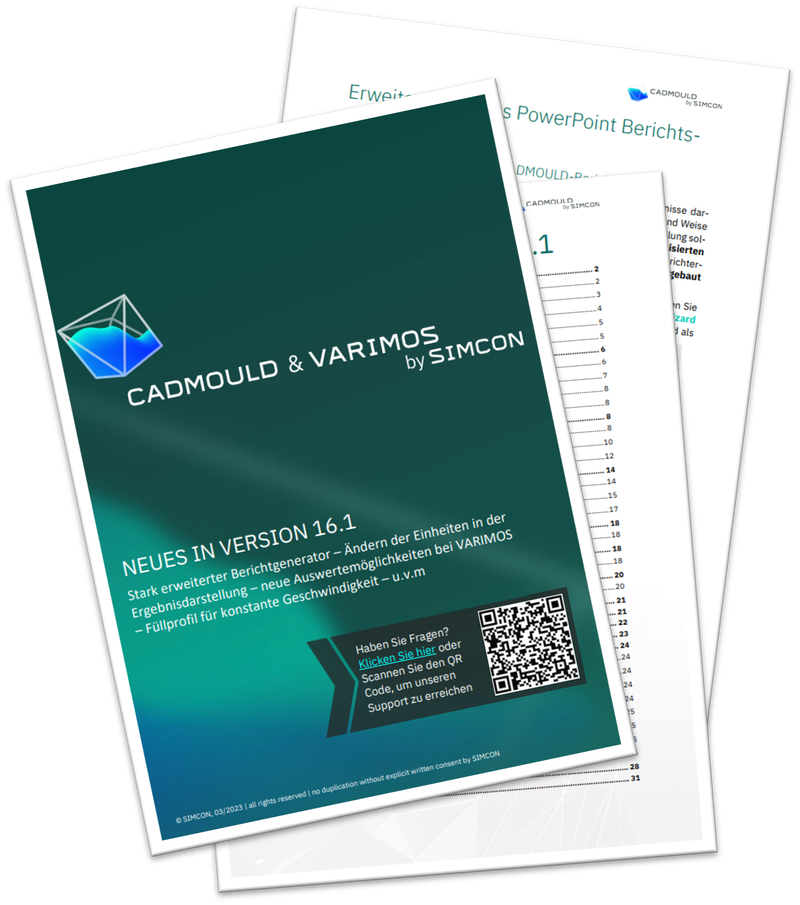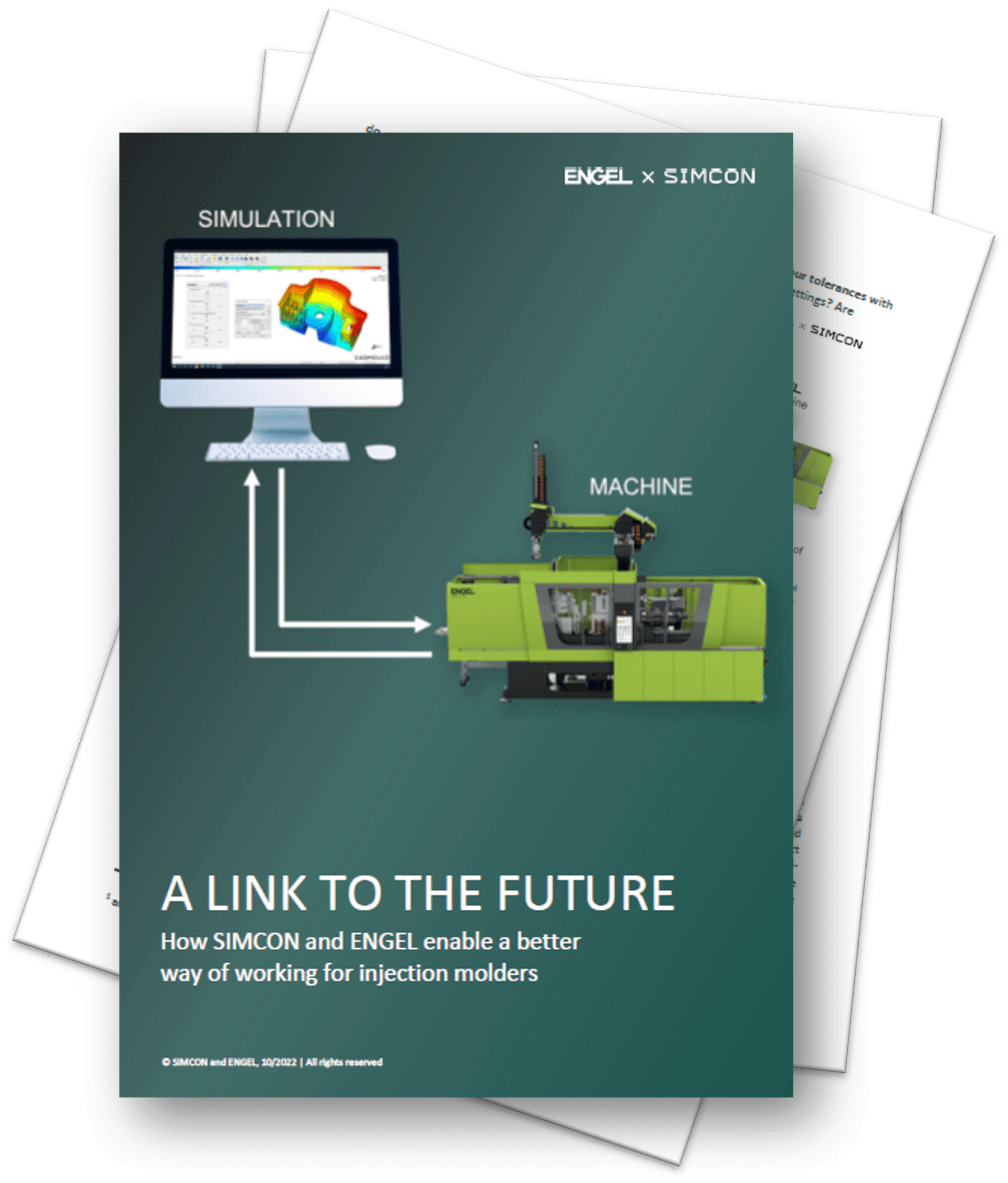Link to the future: How ENGEL & SIMCON enable a better way of working
Bi-directional communication between the simulation and the machine makes it easier for engineering and the shop floor to collaborate effectively.
1 min read

Paperless parameter transfer from simulation to the injection molding machine is crucial, if injection molders want better results.
Simulation can be used to find good initial settings for mold tryouts, and to understand which parameters should be prioritized for refinement during tryouts. By involving machine operators early, engineering can ensure that the most important insights are shared and heard on the shop floor.
Yet in many companies, a virtual wall separates engineering from the shop floor. They are run as separate silos, hampering proper information exchange and sharing of insights. Injection molding machine manufacturer ARBURG and simulation specialist SIMCON lay out a better way of working.
By interconnecting and integrating simulation software with machine controls, injection molders can begin to tear down the wall between engineering and the shop floor. The result is improved quality, a significant reduction in mold corrections, more efficient sampling, and a time-to-market acceleration that is often on the order of weeks.
In this whitepaper, we provide a blueprint for this modern, collaborative, efficient way of working.

Bi-directional communication between the simulation and the machine makes it easier for engineering and the shop floor to collaborate effectively.
.png)
1. Use The Right Material And Not Too Much Of It! Which material you choose has a significant impact on your costs. The material you initially select...

3 min read
Shanghai, People’s Republic of China, March 18, 2021 Simulation and optimization solutions now available at ZIMMY, China Digital engineering...